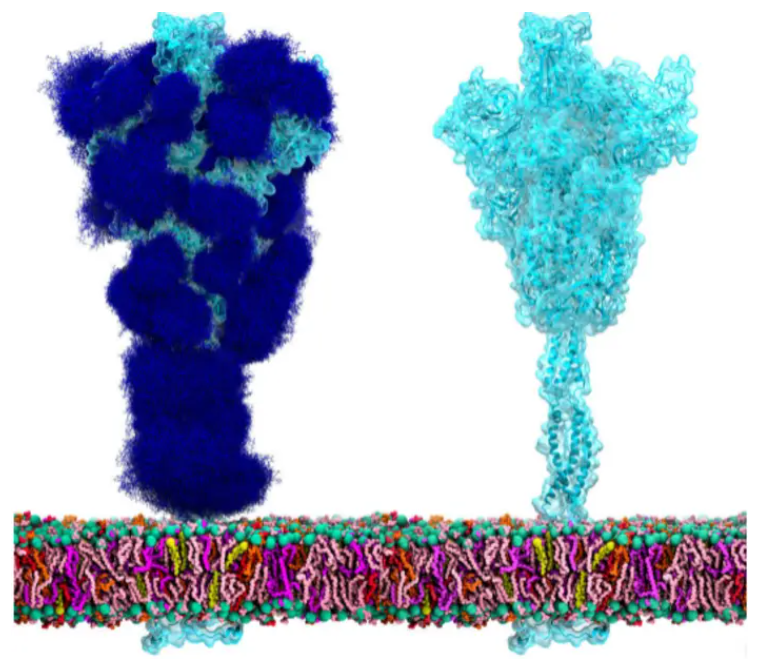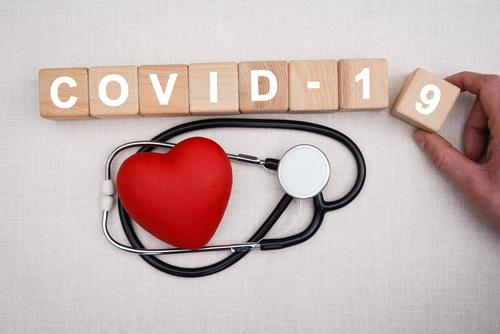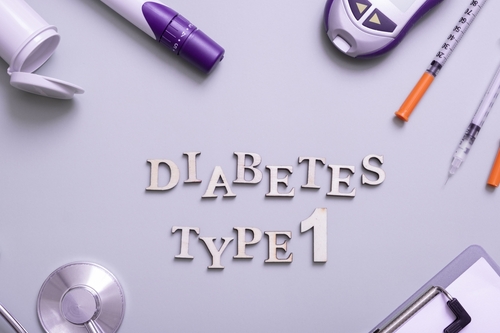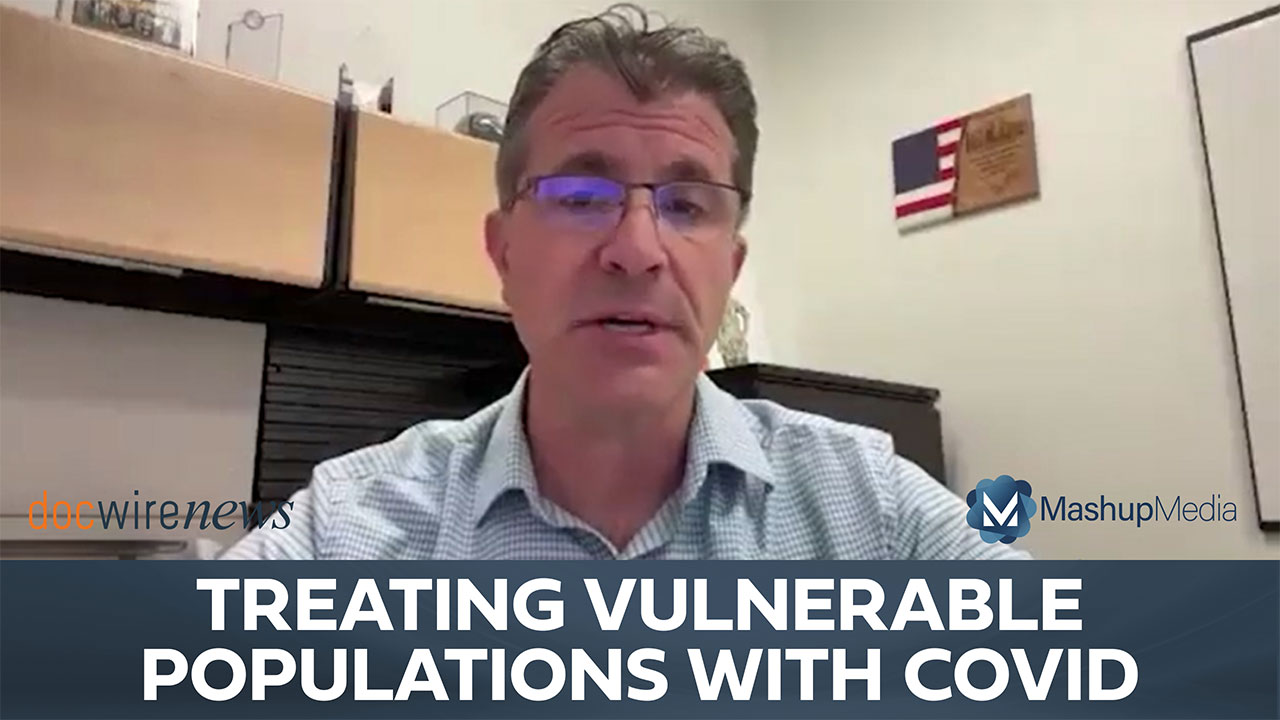Angela Rabinovich, Inovytec, on the Need for Critical Care Medical Devices Amid COVID
By Rob Dillard - Last Updated: May 10, 2024Throughout the COVID-19 pandemic, one piece of medical equipment has featured heavily – the ventilator. The question now becomes: What is the best way to utilize ventilator fleets as the pandemic continues on?
DocWire News spoke with Angela Rabinovich, VP Strategy & Business Growth at Inovytec Medical Solutions Ltd., a developer of medical devices that address emergency and routine respiratory and cardiac care, to gain her insight into issues that the pandemic highlighted within the industry for medical equipment, what the focus should be for healthcare providers and med tech engineers when creating new technology, and the use of ventilators amid the pandemic and beyond.
DocWire News: Can you provide us with some background on yourself, and the company, Inovytec Medical Solutions?
Angela Rabinovich: As you just introduced Inovytec designs and manufacturers medical devices, and we are in the field in the critical care technologies. And we are addressing the cardiology and respiratory failures. I would say it started as a response to some somewhat very limited that the first responders have their hands to deal with emergency situations. And it’s actually made the founder wonder how many lives we might be able to save if we could have technologically exceptional products in their hands. And definitely later on, I would say how we can maybe do every person be a first responder while we put really enhanced tools onto the paramedic’s hands to act quickly and precisely. Inovytec has been founded like 10 years ago and we went through all the milestones for the medical device and digital health companies.
So the products have been developed, go through the regulatory procedures and these days adopted among different countries, more than 20 different countries. And I’m Angela, and I’m leading the strategy and business development for Inovytec. And that’s how we, I would say we put the company on to the different areas today as we came from the background of free hospital meal for medicine. But during the last year, we found our ability to make a difference all of that also in the hospital and later on in home care based patient.
Can you talk to us about the key issues the COVID pandemic has highlighted as it relates to medical equipment?
Yeah, definitely. You know, I can take an example of our own field, for example, over the past 20 years maybe, medical ventilation didn’t change too much. And even during the COVID, where such an unprecedented challenge, COVID laid out onto respiratory area. We sold really increased number of nonmedical device manufacturers that have might be able to meet minimum requirements technologically to manufacture devices and to meet the shortage. But at the end of the day, we didn’t see any newly developed device registered by the FDA and introduce onto the medical practice, and that’s definitely put everyone onto the real understanding, what does it mean to develop the medical device or digital health technologies and to put them onto the medical routine practice like lone R&D cycles, clinical studies that you have to perform and registration and regulation, so definitely in such area like respiration at the end of the day, they’re aware.
And there was really a few players that own this deep knowledge and decades of experience. And that’s able them to be active in this area. And it’s not for a newcomer, these kinds of processes, and definitely half cooked products not for the medical use, and something that happens still, I would say we really saw very fast adoption during the last year of new technologies onto the medical practice in different areas, like in care coordination, in preparedness, in preventive measures. So I believe that the medical device industry and digital health industry has to be prepared to keep and accelerate this kind of adoption, and really helps also administrators, not only physician and nurses, but the regulators and the policymakers and the people who care about the funding of healthcare system, to really keep these kind of developments while we saw really huge adoption on different processes and different shifts from patient and physician interfaces and things like that.
What’s the best use of ventilator fleets amid the COVID pandemic, and beyond?
Very, very legitimate question, because I believe that everyone… ventilators definitely made kind of headlines. And it sounds like everyone knows or gets some kind of understanding what it’s used for. And a lot of knowledge we are shared about the respiratory [inaudible] and ventilation methods and diverse equipment, and sometimes it feels like no one knows what to do next with the stockpiling of the ventilators. So I would say that we at Inovytec, we identify a lot of areas of application and the first unmet need within the hospital requirement associated with manual ventilation bags were used mainly for the patient, ventilated patient transportation before COVID. But these kind of tools generally, may potentially, may be a source for environment and cross-contamination and can be sometimes harmful for other patient and transporting staff.
So I would say that COVID helps to the healthcare system start recognize that the mechanical ventilation presents kind of missed opportunity with innovative and intuitively operated devices that can be used for this purpose. And it bound that definitely the most common context for the portable ventilation is a critical is for variety of cardiology and pulmonary conditions. And again, COVID make a great spike in these areas. And also the healthcare is no longer just the hospital centric, not only the community, but also the home care is growing, and then the ventilated patient can be found in much broader touch points. And we assume that at least part of them, ventilator can be repurposed where the benefit of home-based ventilated patient.
How big an impact can Inovytec have on the medical equipment space?
We found out the last year, that requirements for portable ventilators are very much applicable onto the variety of settings where the ventilated patient can be found. And currently the most high-performance ventilators are heavy and complicated to operate. And that’s where we work closely with the in-hospital professionals, respiratory therapists, to carefully figure out their needs to identify the equipment gaps that we are used to work with so far. We actually succeed to develop designated devices, separate for EMS and for in-hospital use and for the home care patients. So for the critical patient the Sparrow [Phonetic] is most relevant for creating the continuity of care where you are taking patients in the community and you seamlessly forwarding it and moving it into the hospital facilities, patients are undergoing very complicated surgery while they have to make a MRI procedure in the middle and then to go onto the recovery room.
So all this can be done without disconnecting and reconnecting patient from one type of equipment to another and handling some kind of a mismatch and variety of different tools within the hospital environment. Another area of impact of the Sparrow is also a variety of more than procedures like MRI guided surgery, one day procedures where a patient undergoing anesthesia in need ventilation, mechanical ventilation support. So the cost effective equipment it’s as part of such modern procedure can make those procedure affordable for many patients, actually.
Any closing thoughts?
For sure. You know, we’ve learned a great lesson lately, and I really hope that the lessons learned about the preparedness and public safety and care coordination and early prevention would be applicable not only for the pandemics, but definitely for the routine medical practices.







 © 2025 Mashup Media, LLC, a Formedics Property. All Rights Reserved.
© 2025 Mashup Media, LLC, a Formedics Property. All Rights Reserved.